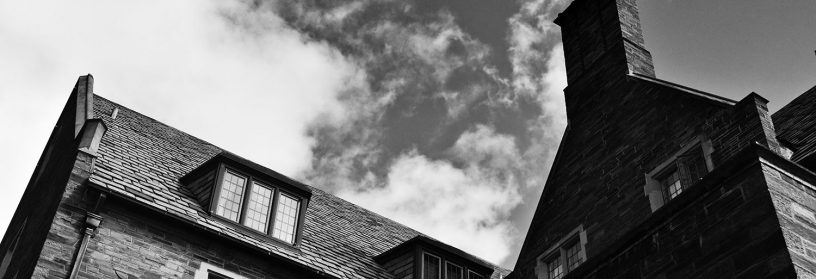When it comes to heritage and listed buildings, many owners may be hesitant about changing the glazing in fear of the regulations surrounding their property. With secondary glazing, however, you can maintain the appearance and character of your listed building, whilst vastly improving your home’s warmth.
Why is secondary glazing suitable for listed buildings?
Secondary glazing is the ideal choice if you’re the owner of a heritage or listed building. This is because it can be fitted discreetly so the appearance of the property is not affected. Quite often in listed buildings, heating the home can be extremely expensive. Secondary glazing can help you cut your heating bills without making any sacrifices when it comes to the aesthetics of your property. By working to trap the heat in, the secondary glazing will help keep your home warm whilst also cutting out a lot of external noise.
Trapping the heat in
Listed buildings are prone to losing heat, in fact, the bigger the window, the more likely it is that you’ll be losing warmth from your home. Typically there are three main reasons why your listed building may be failing to keep the heat in:
- Convection and conduction. This is when the warm air in the room is cooled by the colder surfaces of the glass and the window frame.
- The colder window surface can also absorb infrared radiation from the room you’re trying to heat, making it harder to keep the room warm.
- Air leakage. Quite often in listed buildings the age of the window or the building itself will contribute to air leakage. This can either bring cold air in from outside or take warm air out from inside, even if the window is closed.
Secondary glazing for listed buildings combats all of these issues. Not only will it eliminate the cold spots in your listed building, but it will protect your home from draughts which will help you retain heat. The thermal benefits of secondary glazing are one of the main contributing factors to its popularity, especially when compared to potentially costly triple glazing, which could seriously alter the appearance of your listed home.
The secondary glazing is a single pane of glass which is installed inside the home, attached to an existing window unit. The thick glass, along with the hardwood subframe work together to create a unit that will actively retain heat.
Discreet appearance
A principle reason owners of listed buildings have their planning applications rejected is that the proposed work will alter the appearance of the building. Secondary glazing is a great way to ensure you retain your home’s aesthetic, whilst also benefiting from the added benefits of improved thermal performance and noise reduction.
At The Glazing Face, we have plenty of experience when it comes to listed buildings. Having a range of secondary glazing options which maintain the buildings unique appearance and can be fitted discreetly, will safeguard heritage windows, whilst making no sacrifices when it comes to draughts and noise.
For more information, be sure to contact The Glazing Face. Our team can talk you through our secondary glazing for listed buildings options.












